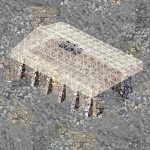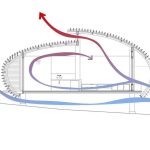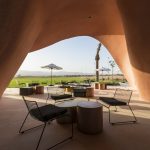The amalgamation of contemporary and vernacular styles in architecture holds significant importance given that these two words are radically different from each other. The term “contemporary” pertains to a form of architecture that is characterized by being highly advanced, modern, and current. Contemporary architecture is a popular architectural style that relies on advanced materials. In contrast, vernacular architecture pertains to customary building styles that employ straightforward and utilitarian methods, rendering it a fundamental means of fulfilling human necessities. The production process relies entirely on the utilization of indigenous raw resources, which may differ in composition and availability across different geographical locations.
Vernacular design in contemporary architecture refers to the practice of blending features, concepts, and methods from local, regional, and indigenous architectural traditions into contemporary building design. The goal of this approach is to incorporate cutting-edge technology, materials, and design principles into the rich cultural legacy and expertise of local communities.

OTOProjects by the London-based architectural firm ‘Assemble’ is an excellent example of incorporating vernacular architecture with contemporary designs. The debris discovered on-site was used to build the performance and workshop areas. For experiential and pedagogical performance, the material forms a single monolithic volume. The building approach of OTOPprojects, like the conventional London-stock brick of the nineteenth century, was predicated on employing materials that were easily accessible locally at little or no material expense; in this instance, demolition debris rather than clay. The dirt, rubble, and gravel on the otherwise vacant land were collected, sieved, packed, and compressed: garbage was turned into massive construction blocks. Deep rubble walls were topped with a lightweight wood-trussed roof and finished with a distinctive ‘rubble-dash’ render.

Cultural, environmental, and social demands are all reflected in vernacular designs, which comprise many local architectural traditions. Architects attempt to create structures that are not only aesthetically pleasing but also sustainable using components, concepts, and methods from vernacular architecture. The technique has several benefits, such as fostering cohesiveness in society, harmony, and maintenance of cultural traditions.
There are many examples of vernacular architecture being incorporated into contemporary buildings.
Sustainable Practices
The incorporation of environmentally conscious and resource-efficient methods into the planning, building, and maintenance of structures characterizes the sustainable practices employed in the modern application of traditional architectural styles. The practices are geared towards mitigating adverse effects on the environment, fostering energy efficiency, reducing waste, and conserving natural resources. The following are the fundamental elements of sustainable practices in the adaptation of vernacular design: Passive Design, Energy efficiency, using local and traditional materials, rainwater harvesting, passive solar designs, natural ventilation and many more.

The Mirante do Gavio Amazon Lodge is an example of conventional practices used in contemporary design, while emphasizing sustainable practices. This eco-lodge in the Brazilian Amazon jungle exhibits a seamless blend of traditional styles and contemporary sustainability ideas. The use of Local Materials, Indigenous Building Techniques, Passive Design Strategies, Rainwater Harvesting, Integration with Nature, Low-Impact Construction, Energy Efficiency, Environmental Education, and Conservation are some of the ways traditional techniques and sustainable practices are incorporated into lodge design.
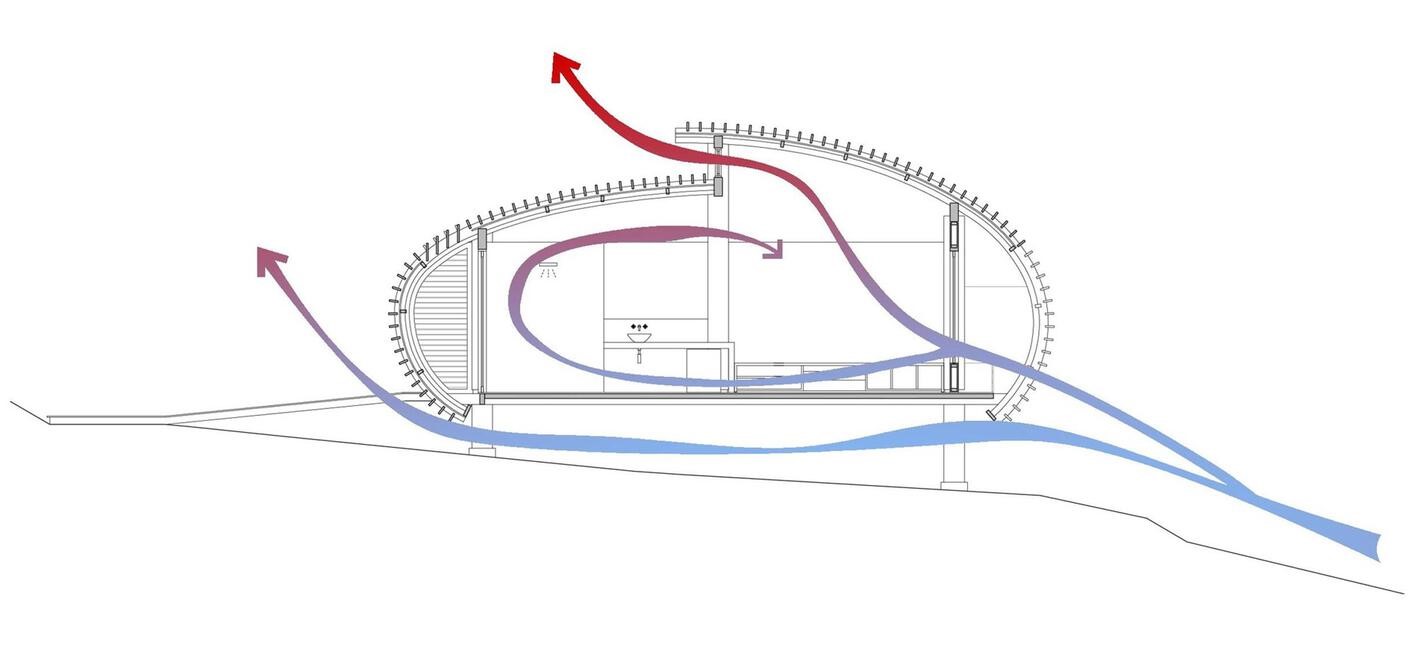
Contextual Design
Within the realm of vernacular architecture, contextual design refers to the integration of design elements and strategies that have demonstrated efficacy in addressing the specific climatic and environmental circumstances of a given locale. It requires investigating aspects such as climate, terrain, local materials, societal demands, and cultural practices to design structures that blend in with their environment.
In regions characterized by high temperatures and low humidity, typical architectural patterns may encompass the use of thick walls to enhance thermal insulation, narrow and shaded streets to mitigate solar heat gain, and courtyards to facilitate natural ventilation and social engagement. In regions characterized by lower temperatures, architectural designs may prioritize the optimization of solar gain, utilization of locally sourced materials with superior insulation properties, and integration of elements such as sunrooms or windbreaks.
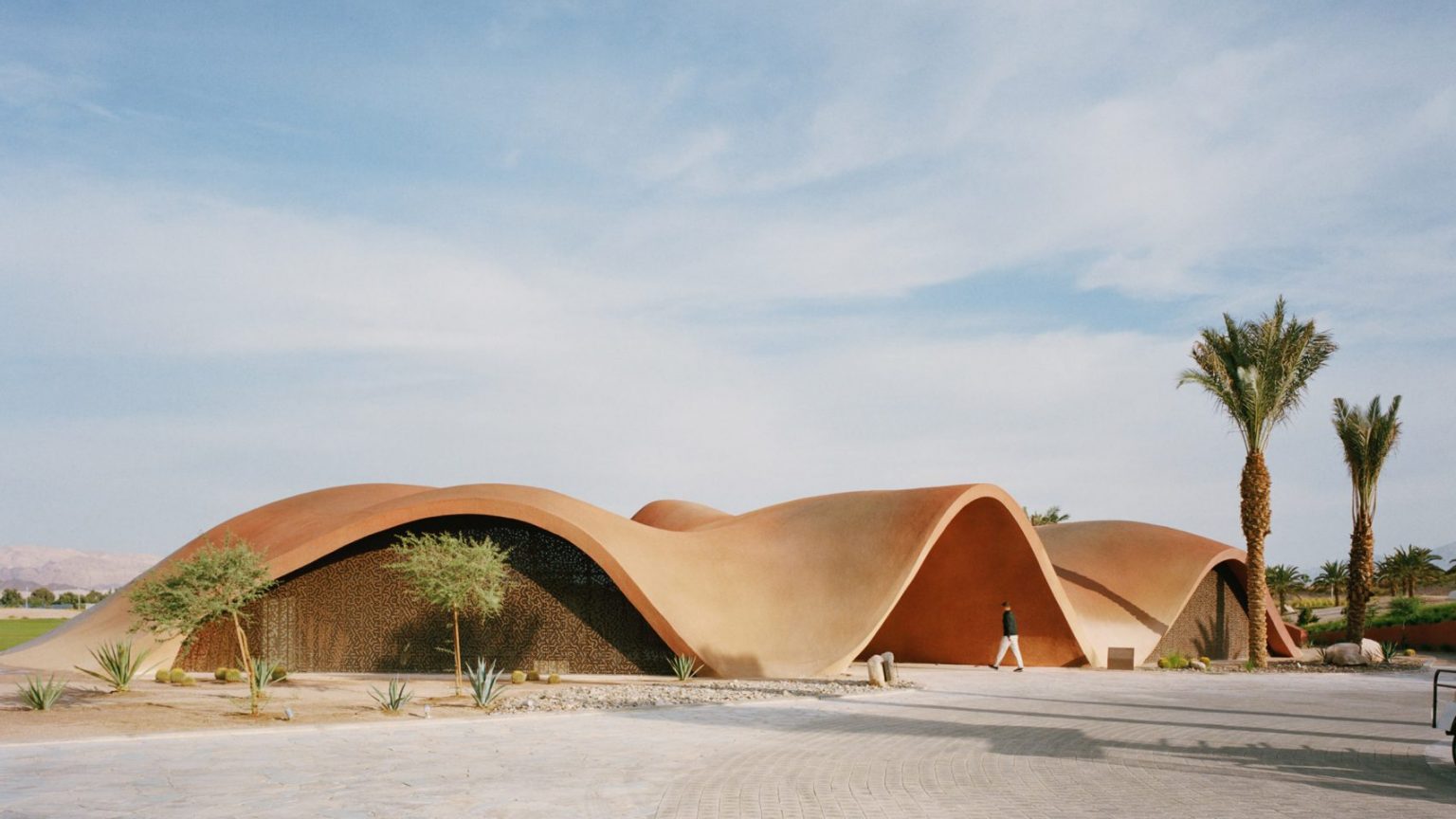
The Jordanian golf clubhouse designed by Oppenheim Architecture is inspired by the natural scenery of the Jordanian desert, notably dunes. The design aims to mimic the organic shapes and textures of the surrounding sand dunes that merge with the desert environment. This contextual approach ensures that the clubhouse is a natural extension of the landscape, rather than an imposition. They use locally obtained materials and traditional building methods. Architects used earthy tones and textures, taking the influence of the desert’s natural palette. The outside of the structure is encased in a native stone, evoking the raw beauty of the surrounding landscape.
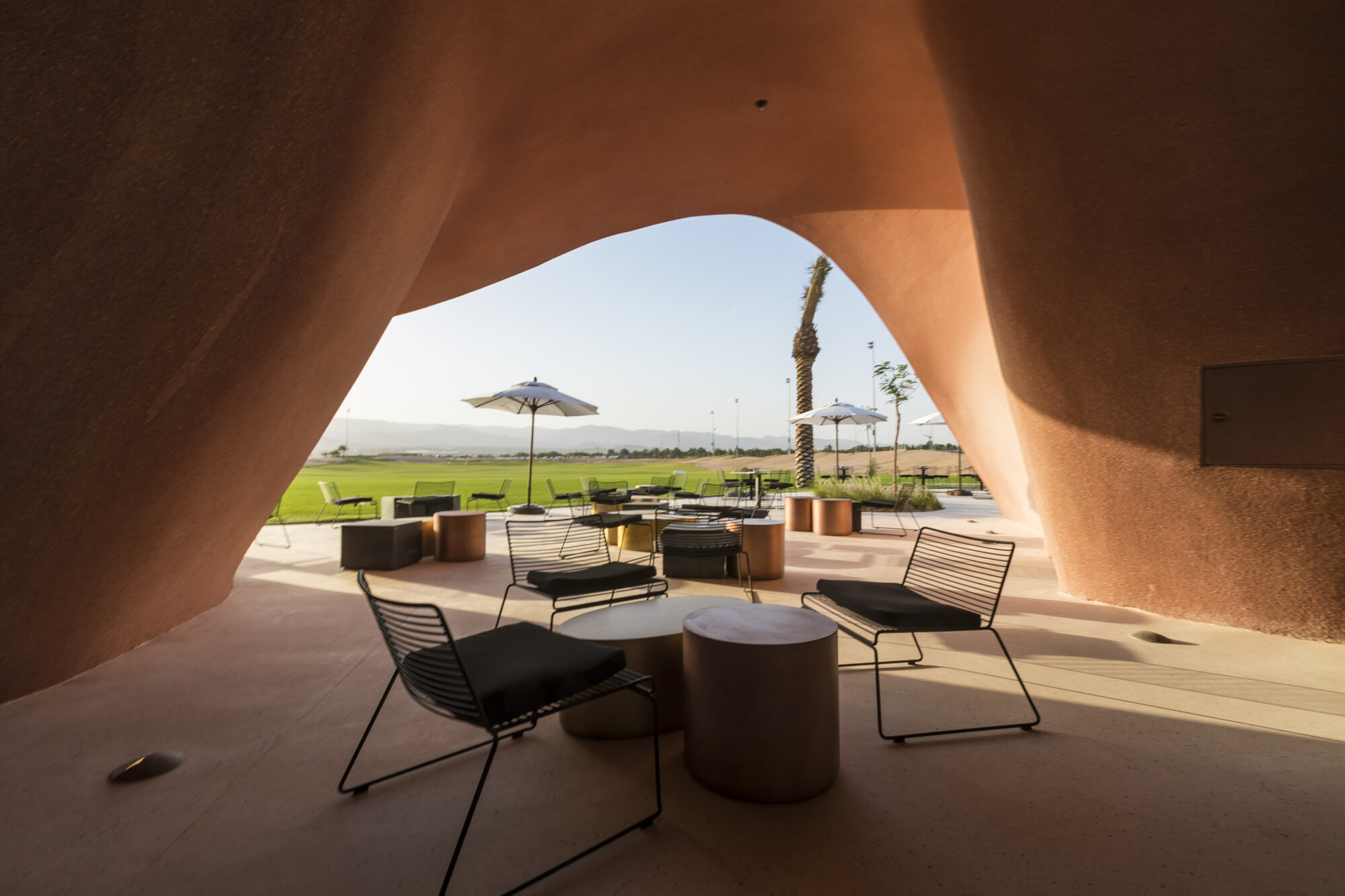
Contextual design incorporates considerations of the social and cultural dimensions of the surrounding community. The aim is to embody the cultural identity and values of the locality, ensuring that the architectural design is in harmony with the inhabitants’ sensibilities.
Cultural and Social Integration
Cultural and social contexts are critical when incorporating vernacular designs into contemporary buildings. Understanding and incorporating cultural value practices and the social dynamics of a certain community or location into the architectural design process is required. Here’s more on the significance and concerns of cultural and social context: Integration on a Social and Cultural Level through
Cultural Identity: The cultural identity of a place is closely intertwined with vernacular design. The artifacts embody the cultural customs, historical events, ideological convictions, and ethical principles of a given society. Architects have the potential to make valuable contributions to the conservation and commemoration of cultural identity by modifying and incorporating these designs. The creation of a built environment that elicits a sense of pride fosters a connection between architecture and its context and resonates with the populace is facilitated by this approach.
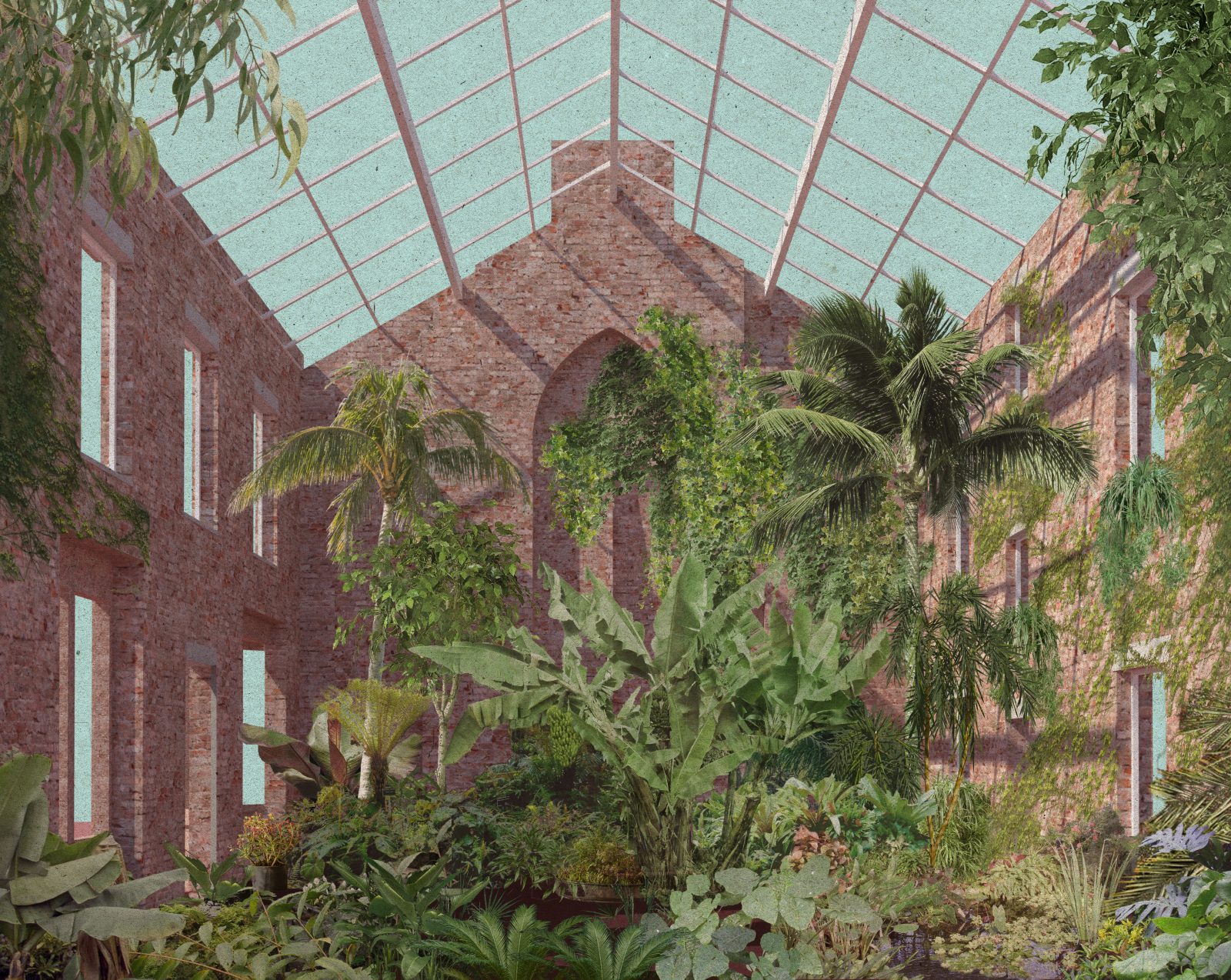
Social Dynamics: Vernacular designs are often created in response to societal requirements, community interactions, and local culture. Adapting these ideas requires consideration of the community’s social dynamics and how the architecture may support and improve social connections, inclusion, and well-being. Spaces that foster social interaction, community gathering, and solitude should be constructed. It should develop a feeling of ownership, pride, sense of belonging and a greater connection between the community and the architecture.
Assemble, a group of architects, created the Granby Winter Garden to showcase how vernacular building methods can be incorporated into contemporary structures that prioritize community and diversity.
Adaptation and Innovation
Contemporary living requirements are frequently accommodated through the adaptation of vernacular designs. The process may entail the incorporation of contemporary facilities, advancements in technology, and spatial arrangements, all while preserving the fundamental characteristics of conventional design. The objective is to design edifices that exhibit practicality, comfort, and contemporaneity.

“Traditional Affinity” is a prime example of how vernacular designs can be harmoniously incorporated into contemporary architecture by carefully adapting old methods to current demands and applying unconventional concepts. This project exemplifies the harmony that can be achieved when modern techniques are used with time-honored ones to create a structure that serves its intent, while appreciating its surroundings and promoting sustainability.
Advantages of incorporating vernacular designs into contemporary design.
The integration of vernacular designs into architectural practices plays a crucial role in the preservation of local cultural heritage and identity. This approach serves as a means of safeguarding traditional knowledge and craftsmanship, thereby preventing their loss over time.
Vernacular designs frequently incorporate sustainable practices that are appropriate for the local surroundings, thereby promoting energy efficiency, climate adaptability, and resource preservation.
The utilization of vernacular designs in architecture has the potential to cultivate a sense of ownership, belonging, and pride among local communities, thereby promoting social cohesion and community engagement.
Disadvantages of incorporating vernacular designs into contemporary design.
The phenomenon of modernization and globalization has led to a conundrum of reconciling the preservation of traditional designs with the exigencies of contemporary lifestyles and architectural trends in increasingly homogenized societies.
The utilization of traditional building materials and techniques may pose a challenge to modern architects due to the limited availability and unfamiliarity of such resources. As a result, extensive research, collaboration with local experts, and specialized training may be necessary to overcome these obstacles.
Compliance with building codes and regulations.
References
- Elborombaly, H. H. and Prieto, L. F. M. (no date) Adaptation of Vernacular Designs for Contemporary Sustainable Architecture in Middle East and Neotropical regionResearchgate.net. Available at: https://www.researchgate.net/publication/281282008_Adaptation_of_Vernacular_Designs_for_Contemporary_Sustainable_Architecture_in_Middle_East_and_Neotropical_region
- Contemporary Vernacular architecture (2021) Thought Parallels. Available at: https://www.thoughtparallels.com/contemporary-vernacular-architecture/
- Kulkarni, M. (2020) 10 Examples of Contemporary Vernacular architecture, RTF | Rethinking The Future. Available at: https://www.re-thinkingthefuture.com/2020/10/29/a1935-10-examples-of-contemporary-vernacular-architecture/
- Kuriakose, B. (2021) “The need for contemporary vernacular architecture,” bennykuriakose, 13 December. Available at: https://www.bennykuriakose.com/post/the-need-for-contemporary-vernacular-architecture
- Rebosa, P. (2020) Contemporary vernacular architecture, Gutierrez + Rebosa Design Studio. Available at: https://grdesignstudio.com/index.php/2020/09/09/contemporary-vernacular-architecture/ Tarrad, M., Abu-Baker, D. and Ajloun, J. (no date) ArchitecturArchitecture and Planning Journal (APe and Planning Journal (APJ) J), Core.ac.uk. Available at: https://core.ac.uk/download/288017907.pdf



